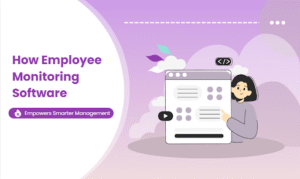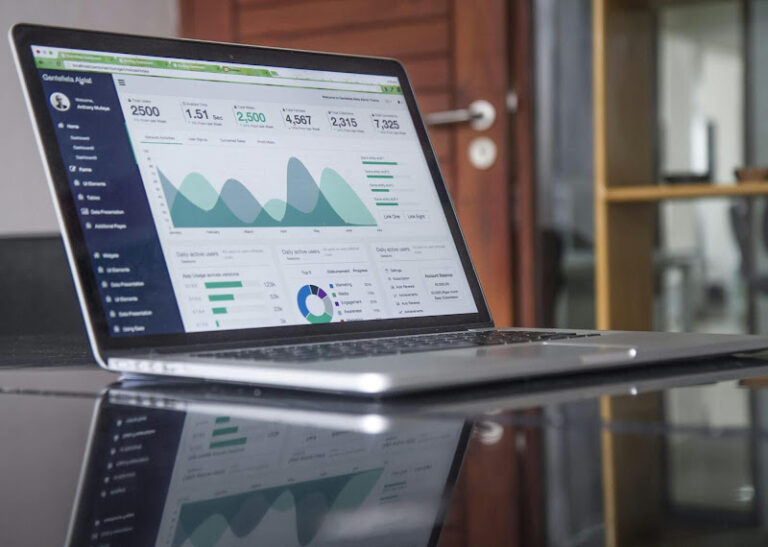Are you planning to bring your partner to Australia but feel overwhelmed by the process? Applying for a partner visa in Australia is a big step, but understanding the key considerations before diving in can make the whole process smoother. There’s a lot to consider, from eligibility to costs and documentation, and getting these right can save you time, money, and stress in the long run.
In this blog, we’ll take a closer look at the essential things you need to consider before applying for a partner visa. Whether you’re applying from within Australia or overseas, this guide will ensure you’re well-prepared for every stage of the journey.
Now that you know why it’s important to plan ahead, let’s begin with understanding the eligibility criteria for the visa.
Please note: This article serves as a general guide to help you understand the topic, with information accurate as of the publication date. We recommend consulting a registered migration agent or The Department of Home Affairs for precise, up-to-date guidance tailored to your specific circumstances.
Eligibility Criteria for Partner Visas
Before you start your application, the first thing you need to check is whether you meet the eligibility criteria for a partner visa. Without meeting these requirements, your application could be delayed or rejected. Here are the key factors you need to consider:
- Have a Sponsor
A key requirement for your visa application is the need for a sponsor. Typically, your sponsor will be your partner. To qualify as your sponsor:
- They must be an Australian citizen, permanent resident, or eligible New Zealand citizen.
- Your sponsor must be approved by the Department of Home Affairs.
- You cannot change your sponsor during the application process.
The person who sponsors you at the time of your application must remain your sponsor for the next two years after your temporary partner visa (Subclass 820) is granted.
- Proof of Relationship
One of the first requirements for a partner visa is proving that you’re in a genuine, ongoing relationship with your partner. This can include documents like marriage certificates, joint bank accounts, photos, and other evidence of your commitment.
- Health Requirements
Both you and your partner will need to meet certain health standards, which typically means undergoing medical examinations. If you or your partner have any medical conditions, they will be evaluated based on their impact on public health and the Australian healthcare system.
- Character Requirements
You will also need to provide police clearance certificates from every country where you or your partner have lived for at least 12 months in the last 10 years.
- Meet Relationship Requirements
You must be the spouse or de facto partner of an:
- Australian citizen
- Australian permanent resident
- Eligible New Zealand citizen
This applies at both the time of lodging your application and when your application is being decided. Your relationship can be with someone of the same or different sex, and it is important that you meet the criteria for a genuine partner relationship as defined by Australian immigration law
- Not Had a Visa Cancelled or Application Refused
You must also meet the condition that you or your partner have not had a visa cancelled or an application for a visa refused in the past. If either of you has previously had a visa refused or cancelled by Australian immigration authorities, it could affect your eligibility for the partner visa.
Meeting these basic eligibility criteria ensures that your application process gets off on the right foot. Once you’ve confirmed you meet these requirements, it’s time to decide which visa subclass suits you best. Let’s look at your options.
Choosing the Right Visa Subclass
Australia offers two main types of partner visas depending on your current location and the nature of your relationship. Choosing the right subclass is an important consideration before applying.
- Subclass 309/100 (Offshore Partner Visa)
This visa is for applicants living outside of Australia. It allows your partner to enter Australia temporarily (Subclass 309), and once the visa conditions are met, they can apply for permanent residency (Subclass 100).
- Subclass 820/801 (Onshore Partner Visa)
If you’re already in Australia, this visa lets your partner stay in Australia while their permanent residency application is processed. The Subclass 820 is the temporary visa, and it leads to the Subclass 801 permanent residency visa.
The primary difference is whether you’re applying from within Australia or overseas. Each option has its pros and cons, such as processing times and the ability to stay in Australia during the application period.
Now that you’ve chosen the right visa subclass, let’s look at the cost involved in your application.
Understanding the Costs Involved
One of the first things you need to understand about the partner visa cost is the base application fee. The fee for both onshore and offshore partner visas is AUD 9,095. However, that’s not the only cost involved.
- Additional Charges for Dependents: If you have children or other dependents applying with you, additional charges will apply.
- For dependents over 18: AUD 4,550 per person
- For dependents under 18: AUD 2,280 per person
- Other Expenses: Don’t forget to account for costs like medical exams, police checks, and document translation if needed. These can add up quickly.
Understanding these costs early on will help you budget effectively and ensure there are no surprises down the road.
Now that you’re aware of the costs, it’s time to start preparing the necessary documents for your application.
Document Preparation and Organisation
Having the right documents is crucial to the success of your partner visa application. The more organised you are, the quicker your application can be processed.
- Proof of Identity: Make sure you have a valid passport and other official identification documents.
- Proof of Relationship: This could include marriage certificates, evidence of cohabitation, joint bank accounts, or proof of shared expenses.
- Financial Evidence: Your sponsor (the Australian citizen or permanent resident) will need to provide financial documents, such as tax returns and payslips, to prove they can support you.
- Health and Character Documentation: Be prepared for health exams and provide police clearance certificates as needed.
Getting your documents in order is one of the most important steps. Now, let’s talk about the visa processing times so you can manage your expectations.
Processing Time for Partner Visa Applications
The processing time for a partner visa can vary depending on which subclass you’re applying for and your specific situation. Here’s a general overview of the processing times:
- Subclass 309 Visa: 10 to 21 months
- Subclass 100 Visa: 9 to 18 months
- Subclass 820 Visa: 9 to 18 months
- Subclass 801 Visa: 8 to 26 months
Processing times can be affected by factors such as the completeness of your application, any background checks, and the demand for visa processing at the time of application. While it can take a while, being prepared with all the required documents and following the instructions will help reduce delays.
Knowing the processing times helps you stay prepared. Let’s look at some common mistakes applicants make so you can avoid them.
Common Mistakes to Avoid When Applying for a Partner Visa
Even with all the best preparation, applicants often make mistakes that delay or even derail their visa process. Here are some common mistakes to avoid:
- Incomplete Documentation: Double-check your documents to ensure everything required is included. Missing documents are one of the most common reasons for delays.
- Failure to Meet Health or Character Requirements: Make sure you meet the health and character criteria before applying. This can require medical checks and police clearances.
- Weak Proof of Relationship: You need strong evidence to prove your relationship is genuine. Don’t leave this section underdeveloped.
Avoiding these mistakes can greatly increase your chances of approval.
Final Thoughts
Before you submit your partner visa application, make sure you’ve considered everything. From ensuring you meet the eligibility criteria and selecting the right visa subclass, to budgeting for costs and gathering your documents—each step is crucial for a successful application.
If you’re unsure about any part of the process, working with a migration expert like Knowbal can provide you with the support you need. We’ll help you avoid common mistakes and ensure your application is complete.
Ready to reunite with your partner in Australia? Contact Knowbal today and let us guide you through the application process smoothly!



















